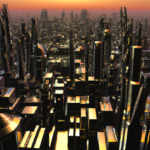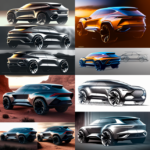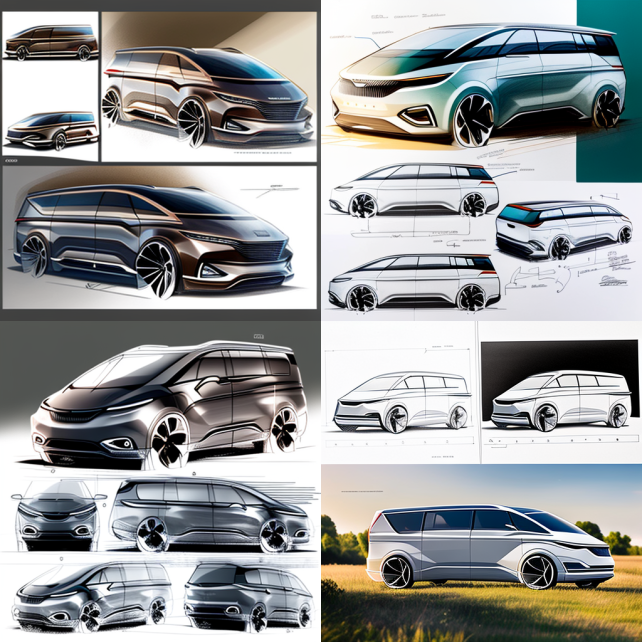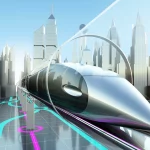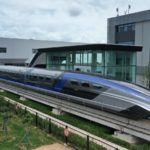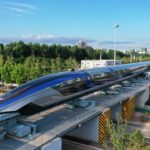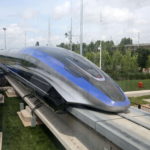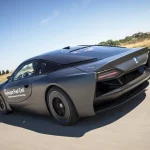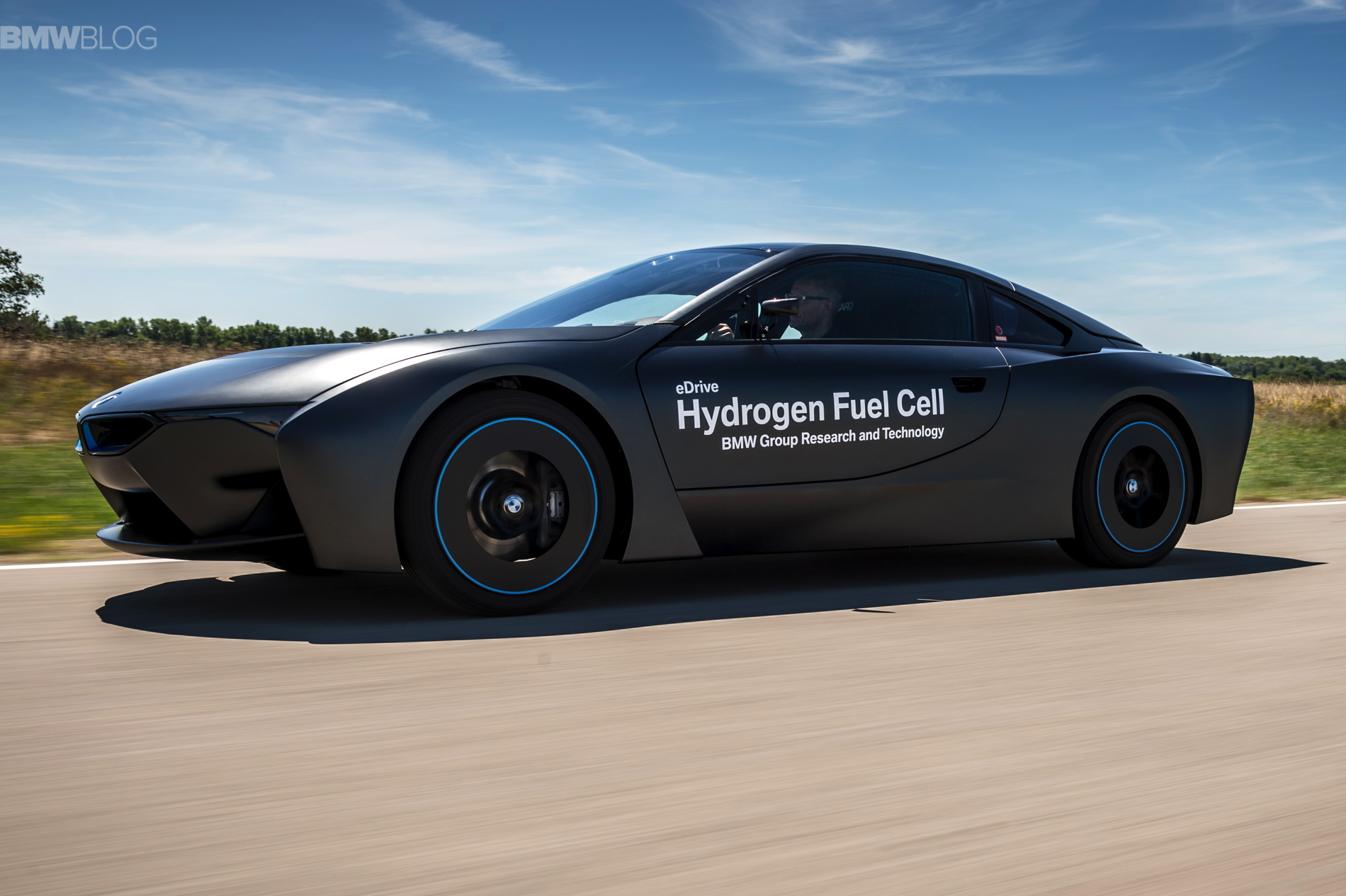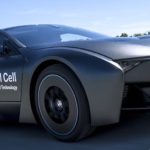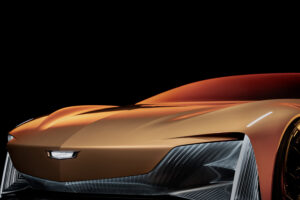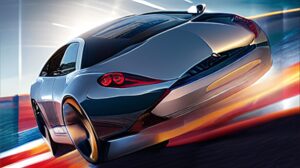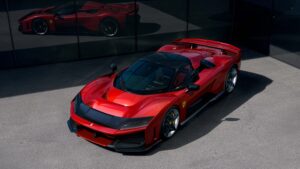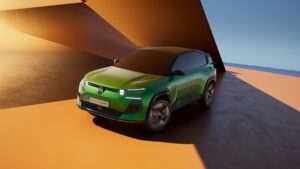Personal Transportation infrastructure

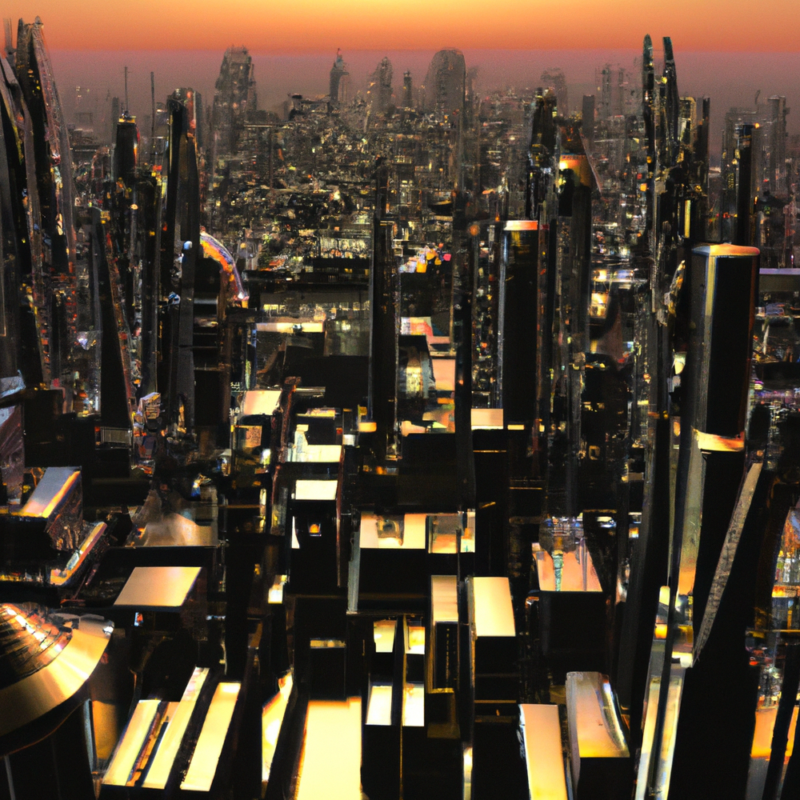
Personal transportation infrastructure has seen a significant shift in recent years. With the rise of electric vehicles, the focus has been on developing charging infrastructure that can support a growing number of EVs on the road. However, the current vision of personal transportation infrastructure is not likely to go beyond 2030, as newer and more innovative technologies are expected to emerge by 2050. In this article, we will discuss the current vision of personal transportation infrastructure and the changes that can be expected in the future.

Current Vision in Personal Transportation Infrastructure
The current vision for personal transportation infrastructure is focused on creating a sustainable and efficient system that can support the growing demand for transportation. One of the primary objectives is to reduce carbon emissions from the transportation sector, which is one of the largest sources of greenhouse gas emissions globally. This has led to a significant push towards electric vehicles, which are seen as a more sustainable alternative to traditional gasoline-powered cars.
The main focus of the current vision is on creating an EV charging infrastructure that can support a growing number of electric vehicles on the road. This includes public charging stations, as well as home charging solutions. Governments around the world are offering incentives to encourage the adoption of EVs and the installation of charging infrastructure.
Another aspect of the current vision is the development of autonomous vehicles. Self-driving cars are seen as a way to reduce accidents and improve efficiency on the roads. They can also help reduce congestion and improve traffic flow. However, the development of autonomous vehicles is still in its early stages, and there are several technical and regulatory hurdles that need to be overcome.
The push towards sustainable transportation has also led to the development of alternative modes of transportation, such as bikes, e-scooters, and shared mobility services like car-sharing and ride-sharing. These options are seen as a way to reduce the number of cars on the road and improve the overall efficiency of the transportation system.

The Future of Personal Transportation Infrastructure
While the current vision for personal transportation infrastructure is focused on creating a sustainable and efficient system, the future is likely to see even more innovative and disruptive technologies. Here are some of the changes that can be expected in the future:

- Electric Air Taxis
One of the most exciting developments in personal transportation infrastructure is the emergence of electric air taxis. These vehicles are designed to be vertical take-off and landing (VTOL) aircraft that can transport passengers across short distances in urban areas. They are powered by electric motors and can take off and land from small landing pads, which can be installed on the roofs of buildings. Electric air taxis have the potential to revolutionize urban transportation by providing a fast and efficient way to travel short distances.
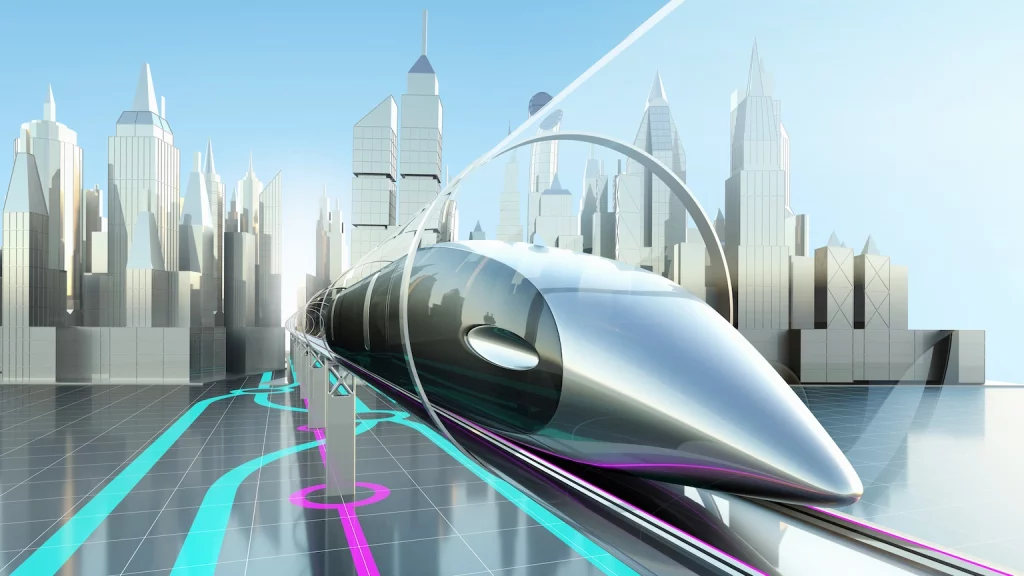
- Hyperloop
Another technology that is expected to change the face of personal transportation infrastructure is the hyperloop. This is a transportation system that uses vacuum-sealed tubes to transport passengers and cargo at high speeds. The hyperloop has the potential to revolutionize long-distance transportation by reducing travel time significantly. It is also expected to be more energy-efficient than other modes of transportation.
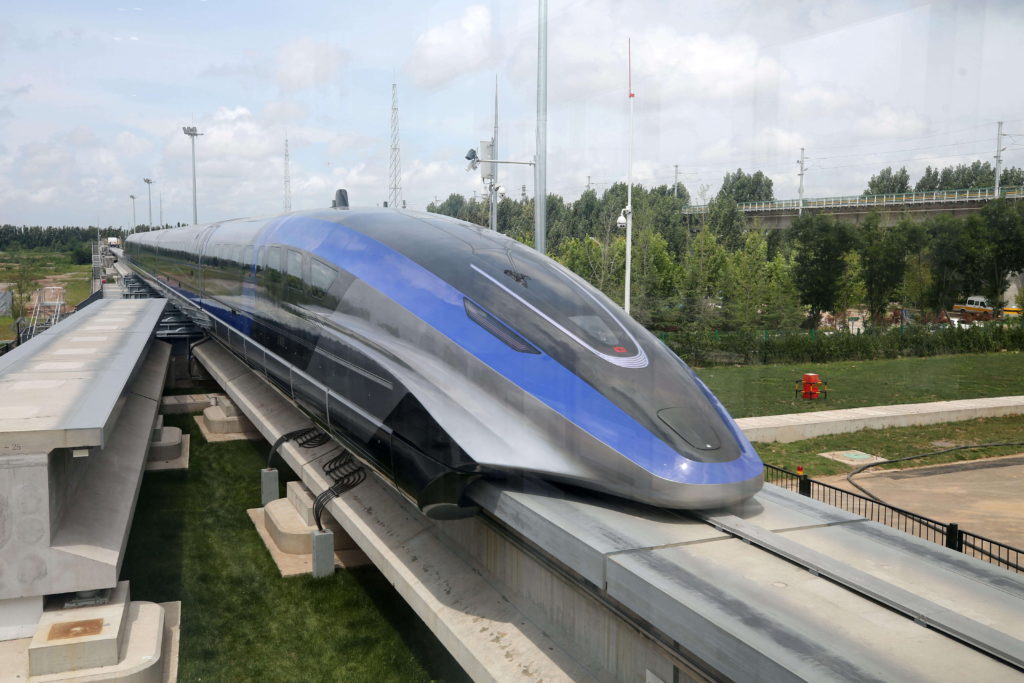
- MagLev
MagLev, or magnetic levitation, is another technology that is expected to become more widespread in the future. This is a transportation system that uses magnetic fields to levitate and propel trains. MagLev trains can travel at very high speeds and are expected to be more energy-efficient than traditional trains. They are also expected to be quieter and require less maintenance.
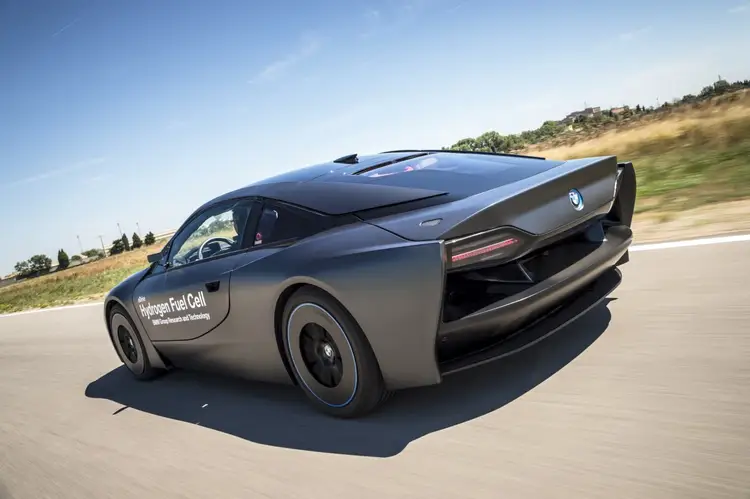
- Hydrogen Fuel Cells
While the current focus is on electric vehicles, hydrogen fuel cells are also expected to play a significant role in the future of personal transportation infrastructure. Hydrogen fuel cells produce electricity by combining hydrogen and oxygen, and they emit only water vapor and heat. This makes them a more sustainable alternative to traditional gasoline-powered cars. While the technology is still in its early stages, several

